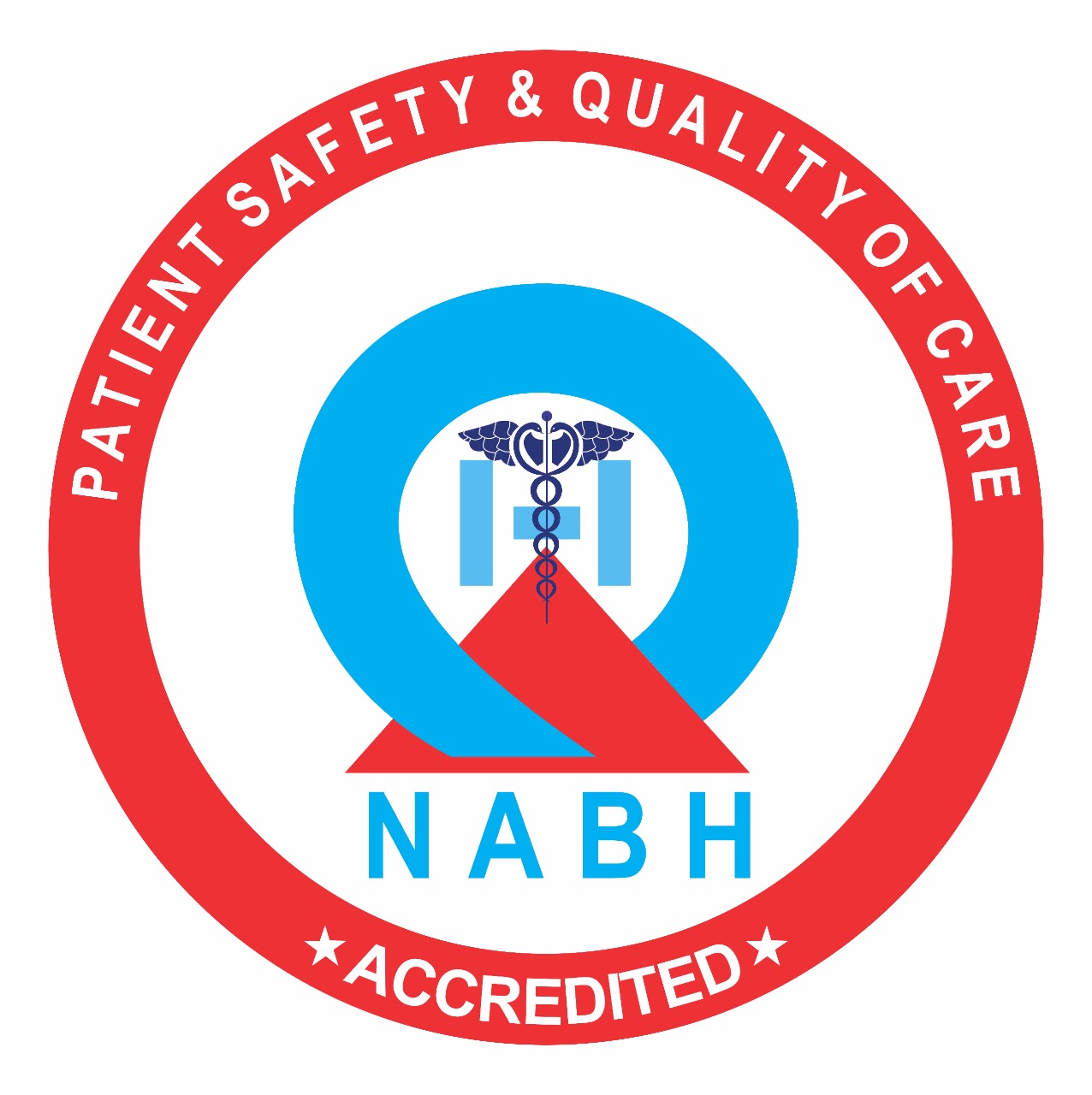Book an Appointment
Emergency Dental Care
Dental injuries are traumatic for both children and parents but they are extremely common. More than 30% of children experience atleast one dental emergency.
There are two peak risk periods for dental trauma – the first being toddlerhood (14-36 months) when children learn to explore surroundings, and the second being the preadolescent/adolescent period, when sporting injuries become commonplace.
Detailed below are some very common childhood dental emergencies along with advice on how to deal with them.
Toothache
Toothache is common in children of all ages and rarely occurs without cause. It can be caused by trauma, food lodgement, gum injury, tooth decay, tooth fracture or wisdom teeth eruption. Impacted food can be dislodged by a toothbrush or dental floss. Apply hot fomentation or warm saline gargles for relief. If not relieved visit a pediatric dentist.
Short summary of Do’s in case of Toothache:
- Cleanse the area using warm water. Do not medicate or warm the affected tooth or adjacent gum area.
- Check for impacted food and remove it as necessary.
- Apply a cold compress to the affected area to reduce swelling.
- Contact the pediatric dentist to seek advice.
Tooth avulsion
If a tooth has come out of socket because of trauma contact pediatric dentist immediately. In general, milk teeth are not reimplanted back but if it is a permanent tooth reimplantation is attempted. Success of reimplantation is maximum if you reach clinic within 60 minutes of tooth avulsion.
Short summary of Do’s in case of tooth avulsion:
- Recover the tooth. Do not touch the tooth roots! Handle the crown only.
- Rinse off dirt and debris with water without scrubbing or scraping the tooth.
- For older children, insert the tooth into its original socket using gentle pressure, or encourage the child to place the tooth in the cheek pouch. For younger children, submerge the tooth in a glass of milk or saliva (do not attempt to reinsert the tooth in case the child swallows it).
- Do not allow the tooth to dry during transportation. Moisture is critically important for reimplantation success.
- Visit the pediatric dentist (where possible) or take the child to the Emergency Room immediately –time is critical in saving the tooth.
Tooth luxation/extrusion/lateral displacement (tooth displacement)
Tooth displacement is generally classified as “luxation,” “extrusion,” or “lateral displacement,” depending on the orientation of the tooth following trauma. A luxated tooth remains in the socket – with the pulp intact about half of the time. However, the tooth protrudes at an unnatural angle and the underlying jawbone is oftentimes fractured.
The term “extrusion” refers to a tooth that has become partly removed from its socket. In young children, primary tooth extrusions tend to heal themselves without medical treatment. However, dental treatment should be sought for permanent teeth that have been displaced in any manner in order to save the tooth and prevent infection. It is important to contact the pediatric dentist if displacement is suspected.
How you can help:
- Place a cold, moist compress on the affected area.
- Offer pain relief (for example, Children’s Tylenol).
- Contact the pediatric dentist immediately.
Crown fracture
The crown is the largest, most visible part of the tooth. In most cases, the crown is the part of the tooth that sustains trauma. There are several classifications of crown fracture, ranging from minor enamel cracks (not an emergency) to pulp exposure (requiring immediate treatment).
The pediatric dentist can readily assess the severity of the fracture using dental X-rays, but any change in tooth color (for example, pinkish or yellowish tinges inside the tooth) is an emergency warning sign. Minor crown fractures often warrant the application of dental sealant, whereas more severe crown fractures sometimes require pulp treatments. In the case of crown fracture, the pediatric dentist should be contacted. Jagged enamel can irritate and inflame soft oral tissues, causing infection.
How you can help:
- Rinse the child’s mouth with warm water.
- Place a cold, moist compress on the affected area.
- Offer strong pain relief (for example, Children’s Tylenol).
- Pack the tooth with a biocompatible material.
- Visit the pediatric dentist or Emergency Room depending on availability and the severity of the injury.
Root fracture
A root fracture is caused by direct trauma, and isn’t noticeable to the naked eye. If a root fracture is suspected, dental x-rays need to be taken. Depending on the exact positioning of the fracture and the child’s level of discomfort, the tooth can be monitored, treated, or extracted as a worse case scenario.
How you can help:
- Place a cold, moist compress on the affected area.
- Offer pain relief (for example, Children’s Tylenol).
- Contact the pediatric dentist.
Dental concussion
A tooth that has not been dislodged from its socket or fractured, but has received a bang or knock, can be described as “concussed.” Typically occurring in toddlers, dental concussion can cause the tooth to discolor permanently or temporarily. Unless the tooth turns black or dark (indicating that the tooth is dying and may require root canal therapy), dental concussion does not require emergency treatment.
Injured cheek, lip or tongue
If the child’s cheek, lip or tongue is bleeding due to an accidental cut or bite, apply firm direct pressure to the area using a clean cloth or gauze. To reduce swelling, apply ice to the affected areas. If the bleeding becomes uncontrollable, proceed to the Emergency Room or call a medical professional immediately.
Fractured jaw
If a broken or fractured jaw is suspected, proceed immediately to the Emergency Room. In the meantime, encourage the child not to move the jaw. In the case of a very young child, gently tie a scarf lengthways around the head and jaw to prevent movement.
Head injury/head trauma
If the child has received trauma to the head, proceed immediately to the Emergency Room. Even if consciousness has not been lost, it is important for pediatric doctors to rule out delayed concussion and internal bleeding.





